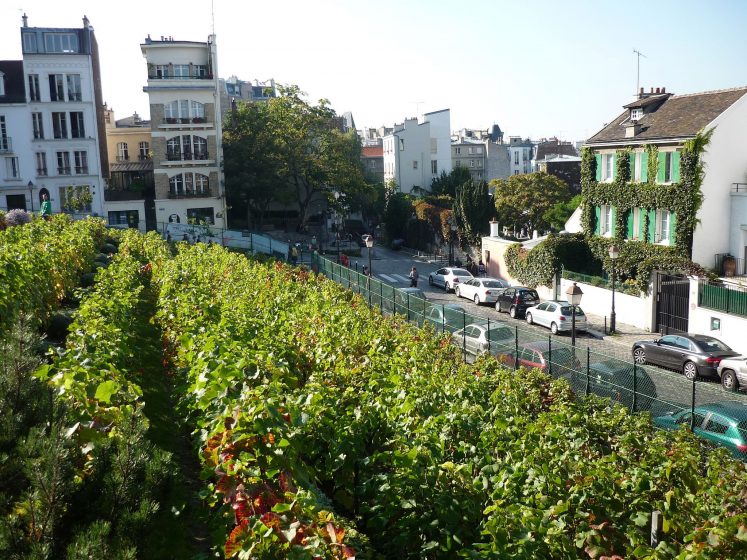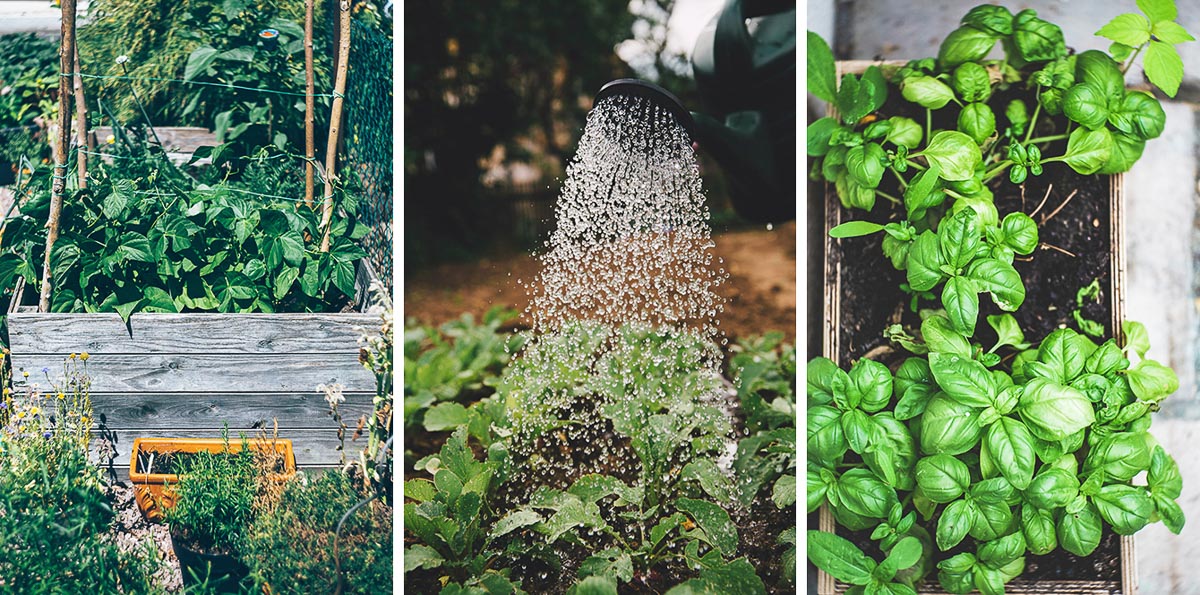Some Known Facts About City Blooming.
Some Known Facts About City Blooming.
Blog Article
The Single Strategy To Use For City Blooming
Table of ContentsEverything about City BloomingThe Main Principles Of City Blooming The Best Strategy To Use For City BloomingIndicators on City Blooming You Should KnowSee This Report about City Blooming
Interested in growing food for sale in the City of Chicago? Below is a list of regularly asked concerns relating to the regulations and guidelines that growers ought to think about when preparing an urban farming task.
The zoning change does not modify any various other codes handling composting, structure permits, acquiring or renting City possessed property, company licenses or ecological contamination. There are existing codes that control these issues and they stay in complete result and might apply to your job. Area yards are usually had or handled by public entities, public companies or community-based organizations and kept by volunteers.
Urban farms grow food that is intended to be marketed, either on a nonprofit or for-profit basis. Due to their commercial purpose, city farms call for a business certificate. Yes. A neighborhood yard is enabled to sell surplus generate that was grown on website if the sales are accessory or secondary to the yard's primary function explained over.
Unknown Facts About City Blooming
Composting is allowed yet just for plant product that is created and used on website. The quantity of garden compost product can not go beyond 25 cubic backyards at any kind of given time according to the requirements in 7-28-715 of the City's Municipal Code. Yes. Because the dirt at many brand-new yard websites requires changing, garden compost, soil, timber chips, or other materials can be gotten to create or improve the expanding area - urban gardening.

If a structure permit is needed then the hoophouse will be thought about an accessory structure. You can discover out more about the building license requirements by calling the Division of Structures. The 25,000-square-foot size limit is intended to stop a single neighborhood yard from controling an offered block or detracting from the block's existing property or commercial character.
The limit does not relate to yards found in Public Open Room (POS) districts. Can there be greater than one neighborhood garden that is 25,000 square feet on a solitary block? Yes. The size he has a good point limit puts on individual gardens, not to private blocks. No. Fence is not required, however, gardens that have big parking locations may be required to set up fencing or various other landscape design features.
8 Easy Facts About City Blooming Shown
B1 & B2 districts call for that all commercial use tasks be carried out indoors. Is secure fencing required for city farms? Fences might be called for, along with landscape design and testing, for particular parking areas and outdoor job or storage locations depending on location and the details activity taking place.
Yes. Urban ranches need building licenses and zoning approvals prior to construction. Other types of city review might be needed depending upon particular frameworks, activities, dimension, landscaping, licensing, public health and stormwater management concerns. A lot of these needs are determined in the project style or permitting procedure, however, the applicant might be responsible to individually identify details licenses or permits that might be needed.
The Department of Company Affairs and Customer Defense can help identify the details type of service permit that's needed. Off street vehicle parking is needed for a lot of commercial projects in Chicago. The required number of parking spaces is based on the number of staff members working on website and not the square video footage of the growing area.
City Blooming for Beginners

Yes. An urban ranch can offer garden compost product created on site, however, the procedure must follow the guidelines in 7-28-715 of the Chicago Municipal Code. Yes. Aquaponic systems are enabled inside your home on city farms in numerous zoning areas. A zoning testimonial and structure authorization is needed in order to set up frameworks or systems and an organization certificate is needed as described above.
As much as five hives or swarms of honey may be maintained as an accessory use. However, beekeepers have to sign up with the Illinois Division of Agriculture. For more details concerning the suggested zoning amendment you may get in touch with the Department of Real Estate and Economic Growth, Bureau of Preparation and Zoning at 312.744.8563.
Farming in cities and metropolitan locations A city farm in Chicago. Urban agriculture describes various techniques of cultivating. https://www.cheaperseeker.com/u/cityblooming, handling, and distributing food in city areas. The term additionally puts on the location tasks of animal husbandry, aquaculture, beekeeping, and gardening in an urban context. Urban farming is identified from peri-urban agriculture, which takes location in backwoods at the side of suburbs.
City Blooming Can Be Fun For Anyone
It can include a movement of organic growers, "foodies" and "locavores", who look for to create social media networks based on a common values of nature and neighborhood holism. These networks can create using official institutional support, becoming incorporated right into local town as a "transition town" movement for lasting metropolitan development.
Some of the initial evidence of urban agriculture comes from Mesopotamia.
Report this page